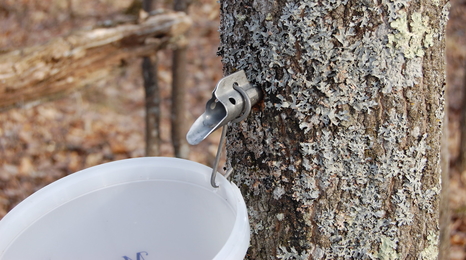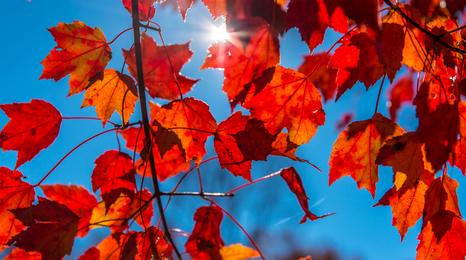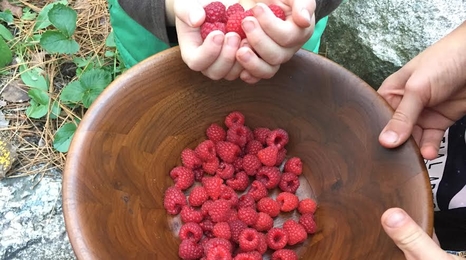Gathering wild-grown plants and fungi
Natural resources such as maple syrup, fiddlehead ferns and morel mushrooms contribute to Minnesota's social fabric and well-being by supporting our livelihoods and shared identities. Also known as non–timber forest products (NTFPs), wild-growing products can be harvested for food, medicine, crafts and decorative items. These products can be used personally or to generate income.
A guide for gathering
If you’re new to harvesting and gathering forest products, the Minnesota Harvester Handbook is an excellent place to start. It covers more than 20 goods beyond timber, from the familiar to the unusual. The handbook demonstrates the breadth and diversity of useful natural resources found in and around the state’s woodlands and forests, outlining by season the year-round potential for harvesting and gathering.
Getting permission to harvest on public land
Harvest rules for Minnesota state forests
- It is OK to collect and use dead fuelwood for campfires while in a state forest.
- It is OK to:
- Collect berries or mushrooms for personal use while in a state forest.
- Pick up cones from the ground to take home.
- You must get a permit from the DNR Forestry office closest to the state forest to:
- Cut or remove any trees or plants for any reason.
- Remove wood from state land boundaries.
- Harvest Christmas trees or boughs.
- Collect a large amount of berries, mushrooms, dead fuelwood or tap trees for maple syrup for personal use or for sale.
- There are special rules for harvesting:
- Wild rice
- Wild ginseng
- Minnesota rules on harvesting edible and decorative forest products
- Minnesota Department of Natural Resources
- Division of Parks and Trails
- Minnesota state park rules are different from state forest rules
- Offices of the Chippewa and Superior National Forests
- Tribal headquarters on reservation lands
- County land management offices
What can I forage?
- Birch bark
- Balsam boughs
- Princess pine
- Red osier dogwood
- Tree cones and seeds
- Yellow morel
- Oyster mushroom
- King bolete mushroom
- Sweet tooth mushroom
- Lobster mushroom
- Chicken-of-the-woods mushroom
- Chanterelle mushroom
- Hen-of-the-woods mushroom
- Juneberry
- Thimbleberry
- Many home gardeners and landowners choose to grow native edible fruits and nuts for their own enjoyment or to sell them. Learn how to choose and grow your own fruit- and nut-producing trees and shrubs.
-
Fiddlehead fern
- Wild rice




